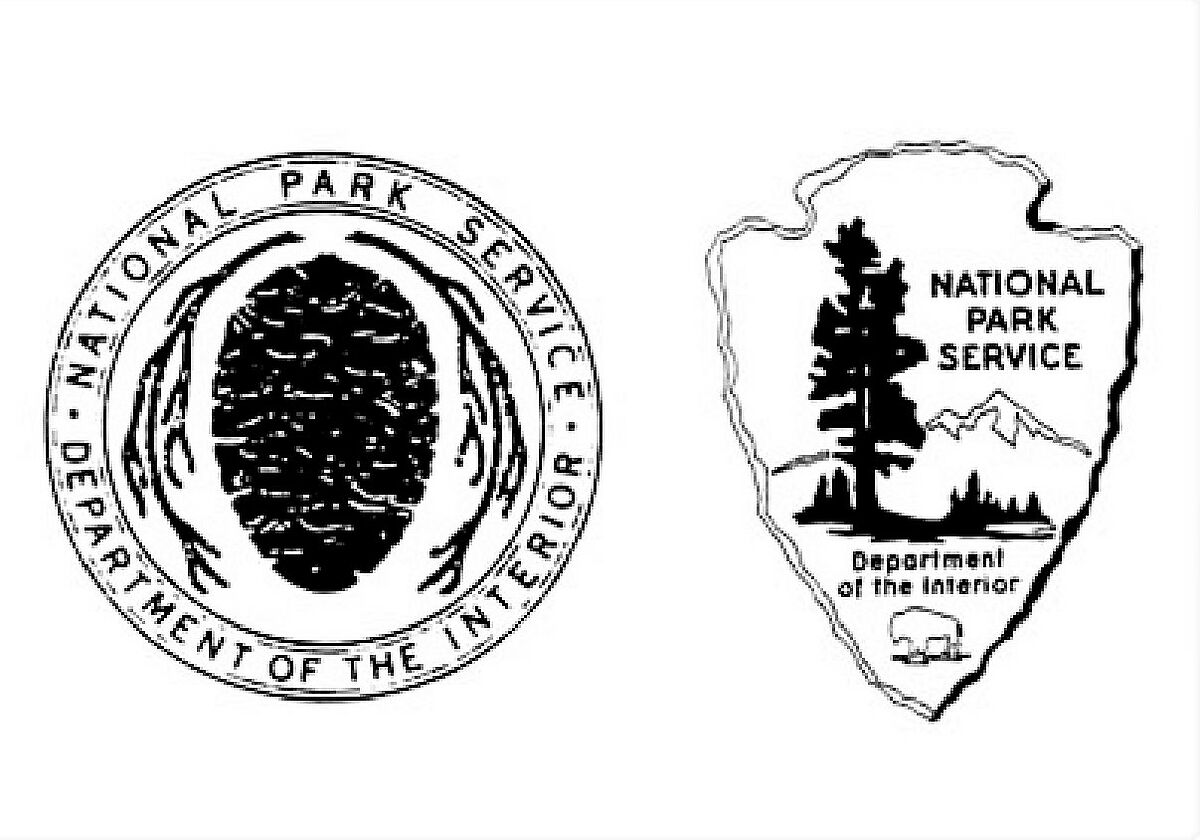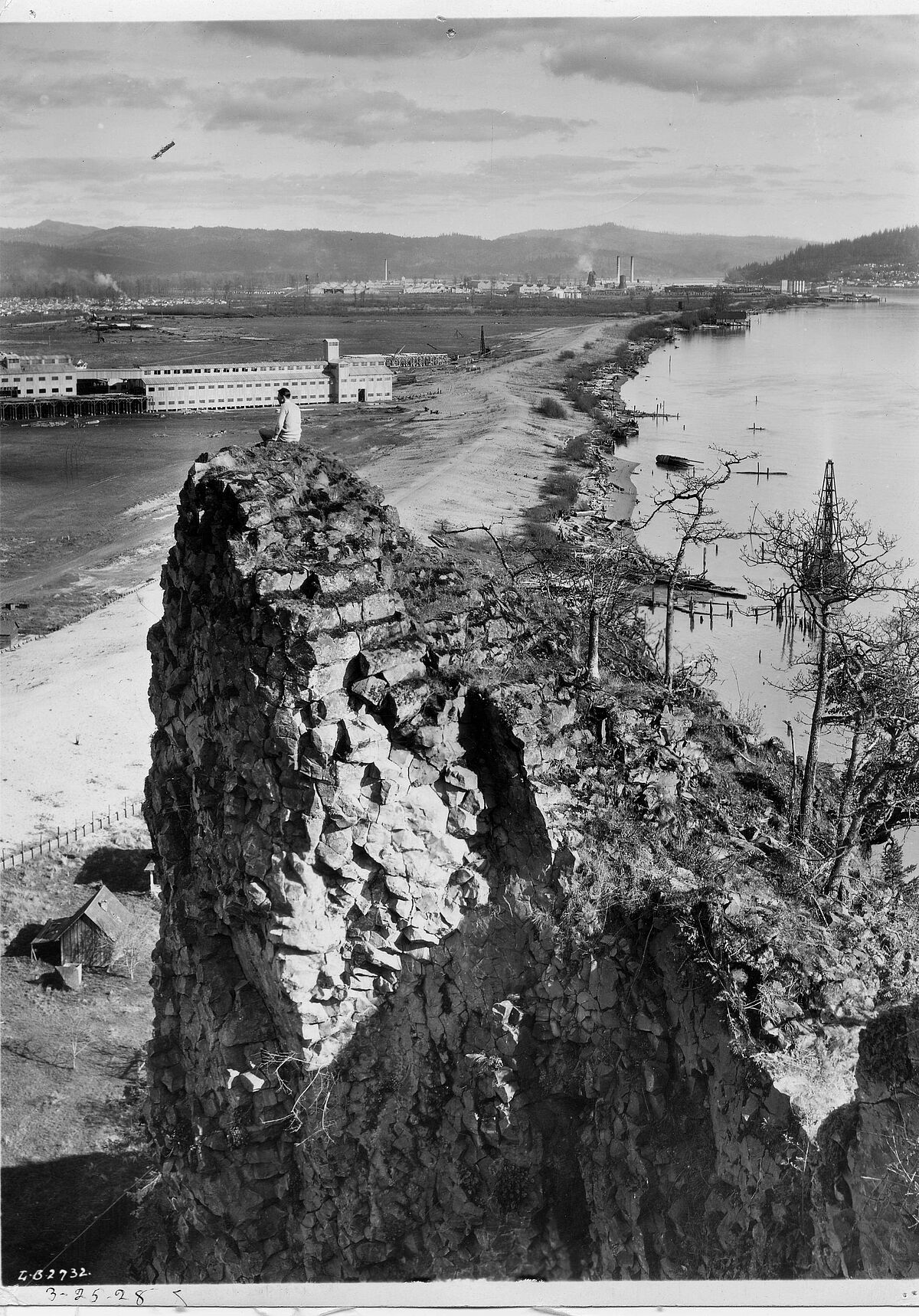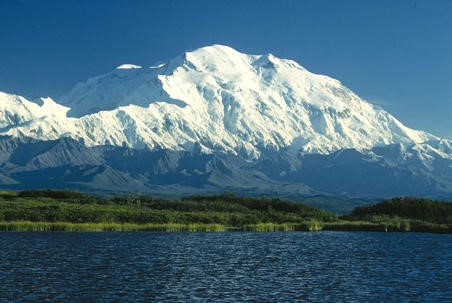Places
Places are crucial cultural signifiers. Our knowledge about American antiquities is ‘situated’ not only in an ideological-political sense but also in a geographical one. Landmarks are orientations for travelers and explorers but also carriers of collective memories and oral traditions while colonial maps are indispensible instruments of conquest. Conflicts in settler colonies are predominantly about ownership and stewardship of land, as the essays in this section illustrate.



